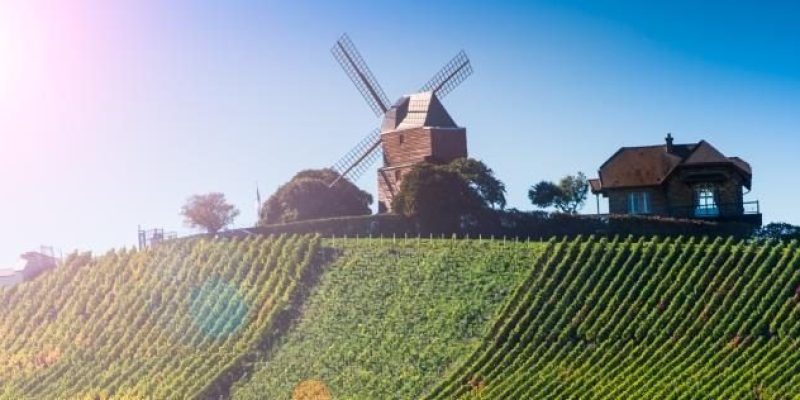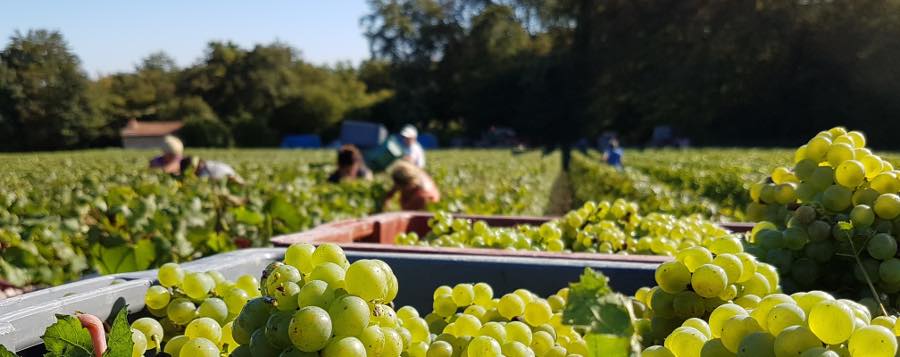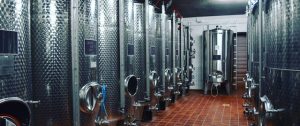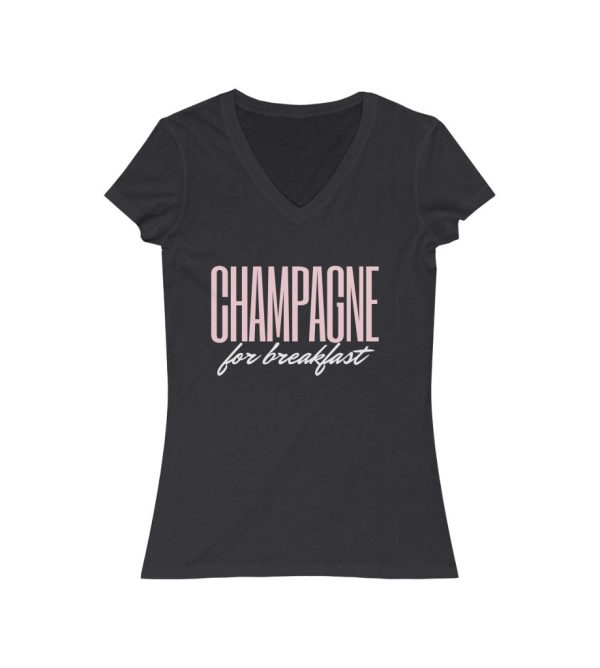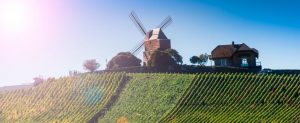
Making Champagne Part I …. Vine Time
Welcome to Part One of the bubble and flute Making Champagne three part miniseries… an epic journey from Grape to Glass.
It is a tale of romance… the Chef de Caves’ love for grapes and their wines. It has drama and suspense… what will the climate hold? Harsh heat or cold frosts? And how will the wine makers blend the wines to bring us the champagnes we know and love, year in, year out?
